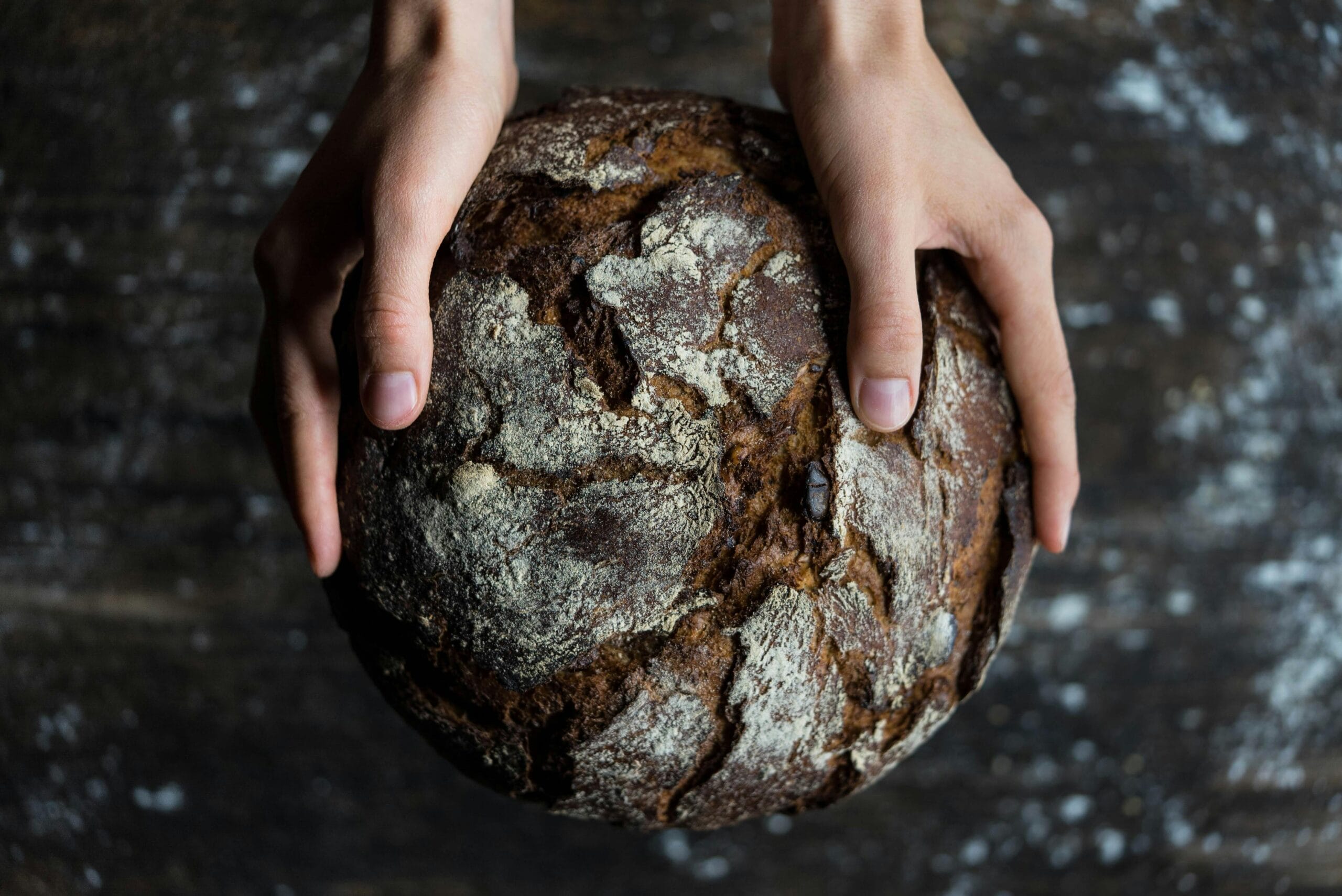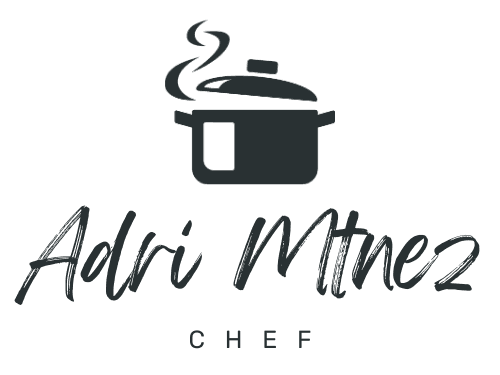Baker’s Percentage: the language of dough, the key to consistency. It’s more than a technique—it’s the foundation of precise baking. Whether you’re a home baker aiming for professional results or a professional refining your expertise, embracing baker’s percentage is your strategic advantage. Step away from imprecise volume measurements and enter a world where baking is both art and science.

What is Baker’s Percentage?
Primarily, Baker’s Percentage is a system of expressing ingredients in baking recipes as percentages relative to the total flour weight, which is always set at 100%. Think of it as a standardized ratio system. Whether you’re using 100g or 10Kg of flour (or a blend of different flours), the flour always represents the 100%. All the other ingredients – water, salt, yeast, fats or sugars – are then expressed as a percentage of this flour weight.
Example: In a recipe, you might see:
- Flour: 100%
- Water: 70%
- Salt: 2%
- Yeast: 1%
This formula provides you the proportion of ingredients, regardless of the final dough batch size. It’s a blueprint, nut just a set of quantities
Why Does Baker’s Percentage Matter?
While scaling recipes is a benefit of baker’s percentage, it’s far from the only reason to adopt this system. For the serious baker, it’s about:
- Absolute Precision and Consistency: Volume measurements are inherently imprecise. Flour density varies, and “a cup” can differ wildly. Weight, however, is consistent. Baker’s percentage ensures replicable results batch after batch, critical for professional kitchens and meticulous home bakers.
- Recipe Development & Fine-Tuning: Want to tweak your sourdough hydration? Adjusting percentages allows you to systematically alter one variable (like water) while keeping all other ingredient ratios perfectly aligned. This controlled experimentation is key to recipe mastery.
- Formula Analysis and Comparison: When you see a recipe in baker’s percentages, you can instantly grasp the character of the dough. A 60% hydration dough is fundamentally different from an 80% one. You can compare recipes from different sources directly, understanding their core ratios at a glance.
- Predictable Dough Behavior: Experienced bakers develop an intuitive understanding of how percentages translate to dough feel and final product. You’ll learn to anticipate the texture, rise, and crumb based on the formula percentages before you even mix the dough.
- Troubleshooting and Diagnostics: If a bake goes wrong, knowing your recipe in percentages can help pinpoint the issue. Is the hydration too high for your flour type? Is the salt percentage affecting fermentation? Baker’s percentage provides a framework for methodical problem-solving.
What is Dough Hydration?
Hydration, expressed as a percentage in baker’s math, represents the ratio of water to flour. It’s arguably the single most crucial factor in determining the final texture and characteristics of your bread.
Hydration Percentage = (Water Weight / Flour Weight) * 100%
A higher hydration percentage generally leads to:
- More Open Crumb: Think of the airy structure of a baguette or ciabatta. High hydration allows for greater gas expansion during fermentation.
- Softer, More Moist Texture: The increased water content translates to a more tender final product.
- Stickier, More Challenging Dough: High hydration doughs require more developed gluten strength and often benefit from techniques like autolyse and folding.
Lower hydration percentages typically result in:
- Denser Crumb: Think of sandwich bread or enriched doughs like brioche.
- Drier, Chewier Texture: Less water to soften the final bake.
- Easier to Handle Dough: Lower hydration doughs are often less sticky and more manageable for beginners.
Understanding and manipulating hydration is where baker’s percentage truly shines. It gives you the power to intentionally craft doughs with specific textures and characteristics.
How to Calculate Ingredient Percentages?
Let’s say you have a recipe given in weights, and you want to understand it in baker’s percentages. The formula is straightforward:
Ingredient Percentage = (Ingredient Weight / Flour Weight) * 100%
Example: Let’s analyze a simple lean dough recipe:
| Ingredient | Weight (g) | Percentage (%) |
|---|---|---|
| Flour | 500 | 100% |
| Water | 390 | ? |
| Salt | 10 | ? |
| Yeast | 3 | ? |
Calculations:
- Water Percentage: 390g / 500g * 100% = 78%
- Salt Percentage: 10g / 500g * 100% = 2%
- Yeast Percentage: 3g / 500g * 100% = 0.6%
Completed Baker’s Percentage Formula:
| Ingredient | Weight (g) | Percentage (%) |
|---|---|---|
| Flour | 500 | 100% |
| Water | 390 | 78% |
| Salt | 10 | 2% |
| Yeast | 3 | 0.6% |
Now you see the recipe in its fundamental proportions! A 78% hydration dough with 2% salt and 0.6% yeast.
While understanding the manual calculation is fundamental, in practice, using a calculator tool greatly simplifies the process, especially when working with more complex recipes or frequently scaling batches. To make your baking even easier, we’ve created a Baker’s Percentage Calculator that automates these calculations for you. Simply input your ingredient weights, and it will instantly generate the baker’s percentages.
How to Convert Baker’s Percentages into Ingredient Weights?
The real power comes when you want to scale a recipe or create a specific dough weight. Let’s say you want to make 2kg (2000g) of dough using the formula we just analyzed (78% hydration, 2% salt, 0.6% yeast).
Step 1: Calculate the Flour Weight
First, we need to determine the flour weight that corresponds to your desired dough weight.
Flour Weight = (Desired Dough Weight / Sum of Percentages) * 100%
Wait, “Sum of Percentages”? Yes! We need to add up all the percentages in our formula: 100% (flour) + 78% (water) + 2% (salt) + 0.6% (yeast) = 180.6%
Flour Weight Calculation:
Flour Weight = (2000g / 180.6%) * 100% = 1107.4 g (approximately)
Step 2: Calculate the Weight of Other Ingredients
Now that we know the flour weight, calculating the other ingredient weights is simple:
Ingredient Weight = (Flour Weight * Ingredient Percentage)
(Remember to convert percentages to decimals: 78% = 0.78, 2% = 0.02, 0.6% = 0.006)
- Water Weight: 1107.4g * 0.78 = 863.8 g (approximately)
- Salt Weight: 1107.4g * 0.02 = 22.1 g (approximately)
- Yeast Weight: 1107.4g * 0.006 = 6.6 g (approximately)
Final Scaled Recipe (for 2000g Dough):
| Ingredient | Weight (g) | Percentage (%) |
|---|---|---|
| Flour | 1107.4 | 100% |
| Water | 863.8 | 78% |
| Salt | 22.1 | 2% |
| Yeast | 6.6 | 0.6% |
| Total Dough | 2000 g | 180.6% |
Conclusion: Embrace the Power of Percentages
Baker’s percentage isn’t just math; it’s a mindset. It’s about understanding the fundamental relationships within your dough, about gaining control, and ultimately, about elevating your baking to a new level of precision and artistry.
Start converting your favorite recipes, experiment with hydration adjustments, and begin to speak the language of percentages. You’ll find yourself not just following recipes, but truly understanding them, and that’s where the real baking magic begins. Happy baking!
